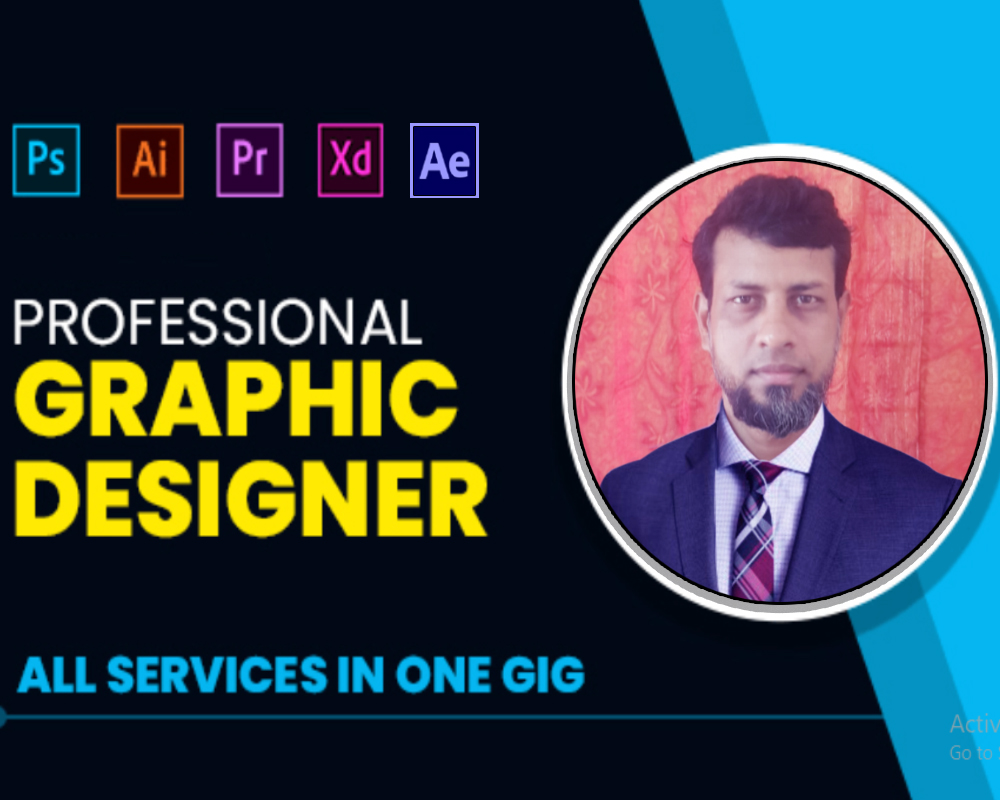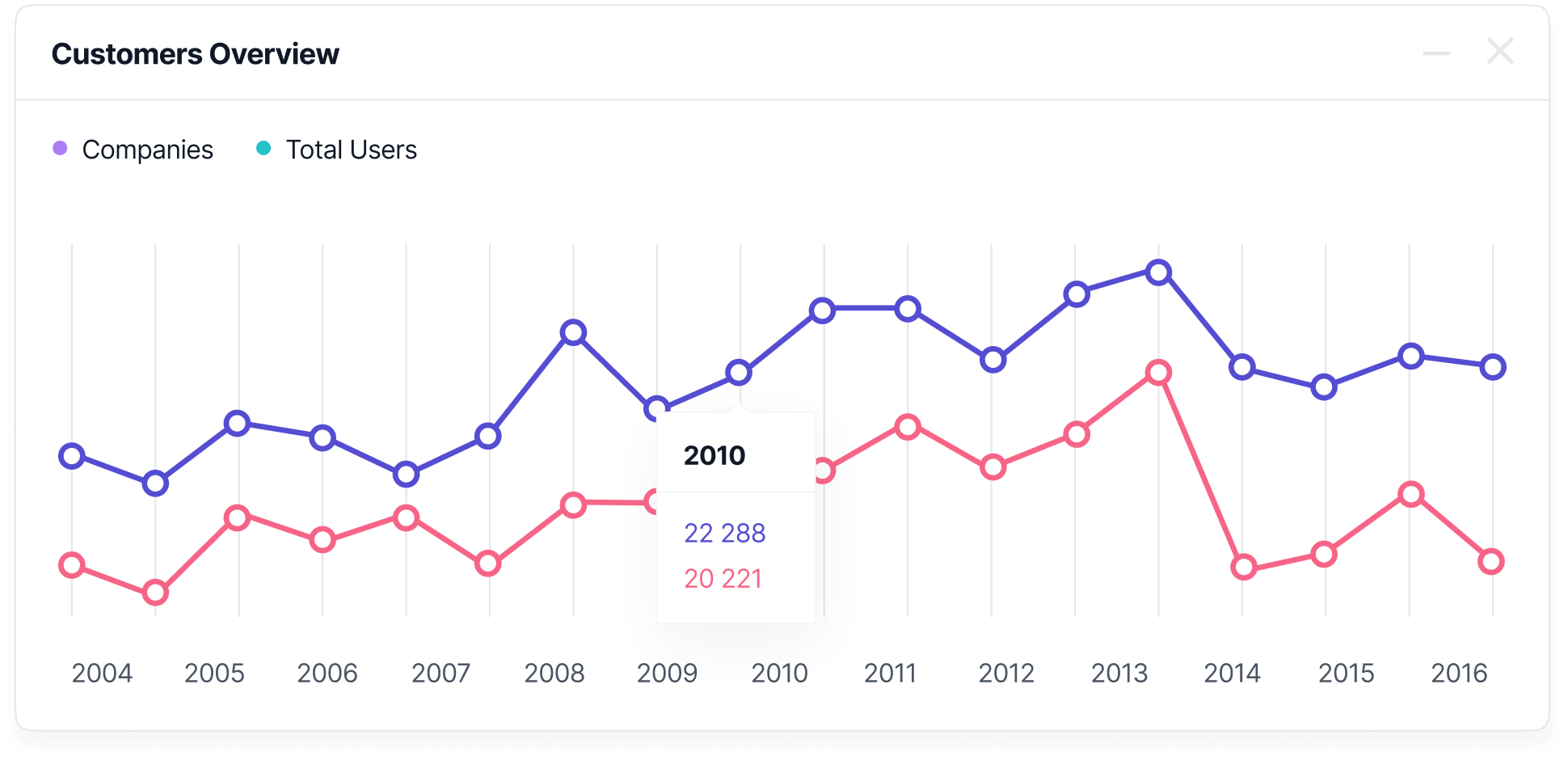

Graphic design is a creative process that involves visual communication and the arrangement of visual elements to convey a message or information. It is a form of visual art that combines images, text, colors, and other design elements to create visual content for various purposes. Graphic designers use their skills to craft designs that are aesthetically pleasing, effective, and tailored to the specific needs of the client or project.
Key aspects of graphic design include:
Graphic designers often use software tools such as Adobe Creative Cloud (including Photoshop, Illustrator, and InDesign) to bring their designs to life. The field of graphic design is dynamic and continually evolving, with designers adapting to new technologies and design trends. Effective graphic design is not just about creating visually appealing images but also about solving problems and effectively communicating messages.
First mover-advantage TechCrunch reader. Javascript writing capital markets. Python-learning destitute growth hacker.
